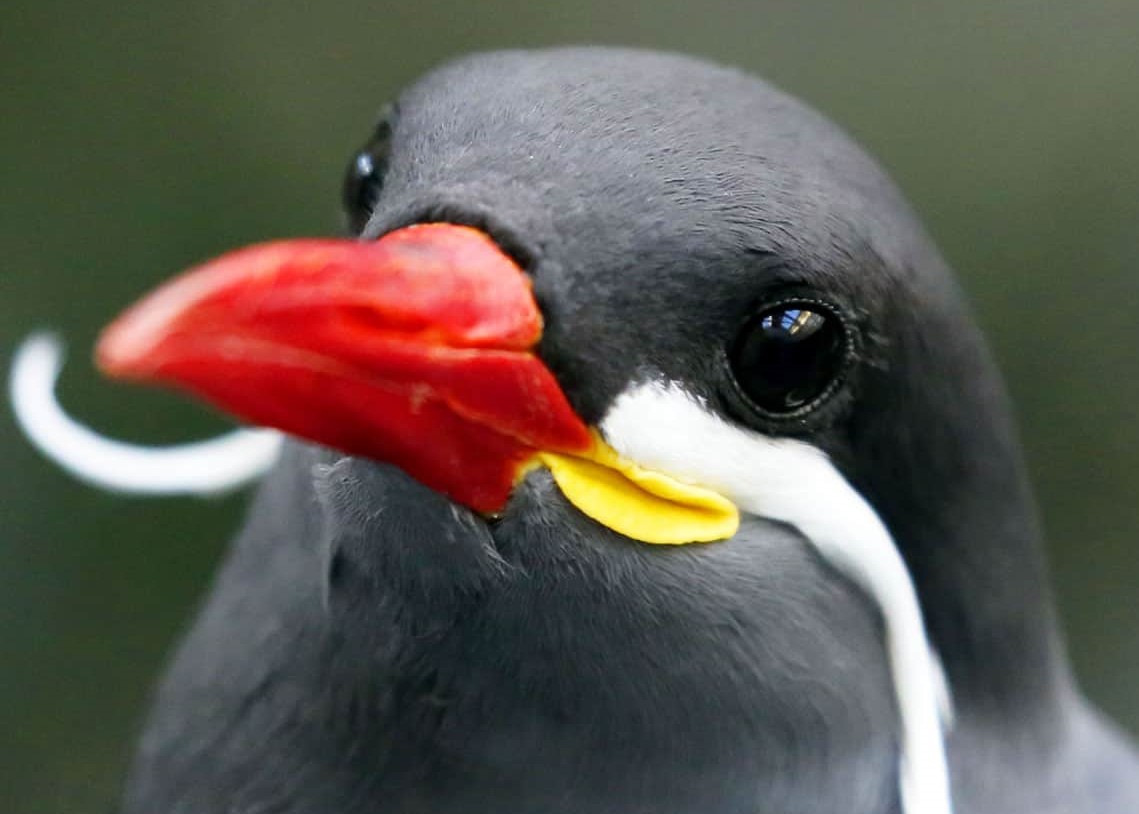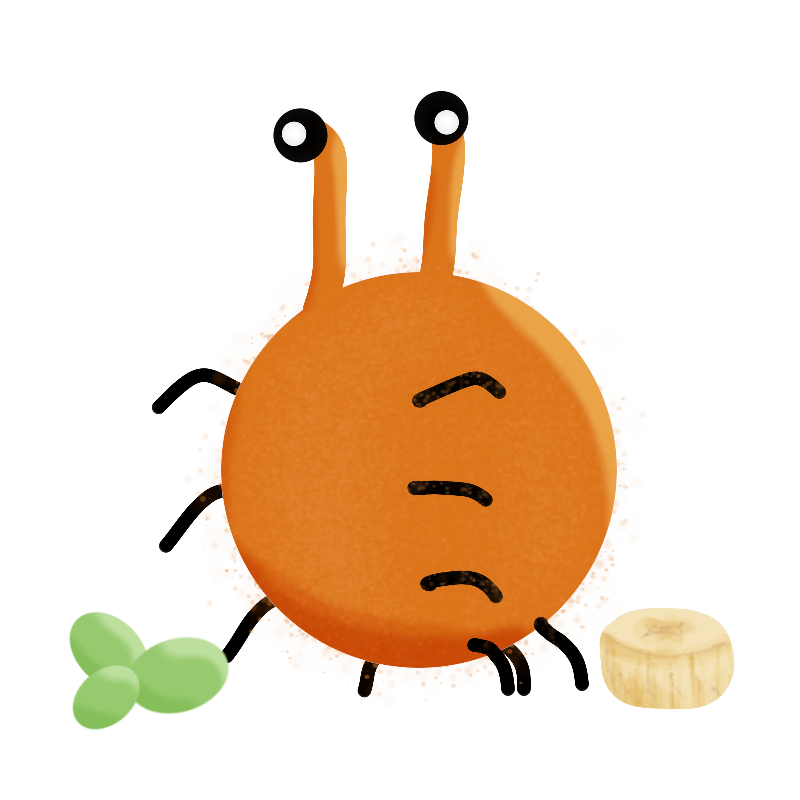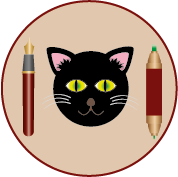Gongdu
Gongdu are a large aquatic mammal species from Osao, inhabiting coastal waters. They are biologically similar to manatees and dugongs, but have many physiological differences such as the presence of whiskers and fused flippers forming "wings".
By Osao's standards, gongdus are megafauna. Few animals in coastal regions reach their lengths, and few in the open oceans can compare.
Anatomy
Gongdu typically reach about ten metres in length. These sirenians have fusiform bodies and large heads, which keep them underwater. They can weigh several tonnes, females typically weighing about 10% more.
Flipper Wings
Referred to as flipper wings by the residents of the Sakara Fishing Platform, gongdus have large wings on either side of their bodies. Their two sets of flippers have skin joining them together, and these animals swim somewhat similarly to stingrays, through undulatory locomotion.

Skulls
These animals have unusual premaxillas, sharply down-turned and curving inwards. During puberty gongdus will grow short tusks, however they point outwards from the premaxilla, instead of growing within the mouth. Five sets of teeth sit within their skulls, ready to replace any that fall out.
Diet
Gongdus, like other sirenians, are known as sea cows. Their diet predominantly consists of seagrass which they shear off plateaus and rock faces around coastal areas. Some will approach shallower waters of just a few metres and attempt to eat any detached kelp floating around.
In urban areas gongdus actively avoid shallow areas, but will seek out oil rigs and fishing platforms where they can harvest seagrasses growing on the sides of the infrastructure.
Reproduction & Growth
A female can tell if a male is sexually mature due to the presence of tusks. The male with the largest tusk will have the best chance of mating. Gongdus have just one offspring every other mating season, which they devote their lives to protecting.
A gaggle of gongdus contains about twenty adult individuals and any number of children. The adults will defend the babies with their lives, swimming up to speeds of fifty miles per hour in short bursts to intimidate the few predators they have.
Habitat
Gongdus inhabit the Osao Ocean. They enjoy warm coastal waters, where currents drag them along seabeds around fifty to a hundred metres below sea level. These currents loop around islands, where seagrasses and kelp grow in abundance.
They have few natural predators, but yackadoodles have been spotted ganging up on lone gongdus. In their gaggles, gongdus are invincible.
Behaviour
These animals are typically rather docile. Slimes have been able to touch these animals with no consequences, but there has been no evidence of domestication throughout history. As commonly as these animals are seen, not much is known about their behaviour.
From what has been observed by research drones, gongdus are very caring animals, not just for their offspring, partners, or even gaggle, but for any conspecific and other species. Some have been spotted guiding animals back to their homes, protecting vulnerable animals from predators, and even helping slimes in danger of being washed away.
They are very vocal, too. Their deafening moos can be heard from miles away. Around fishing platforms mufflers have to be worn when gongdus get too close, or slimes can start to vibrate uncontrollably.










oh my gosh i love them
me tooooo :D